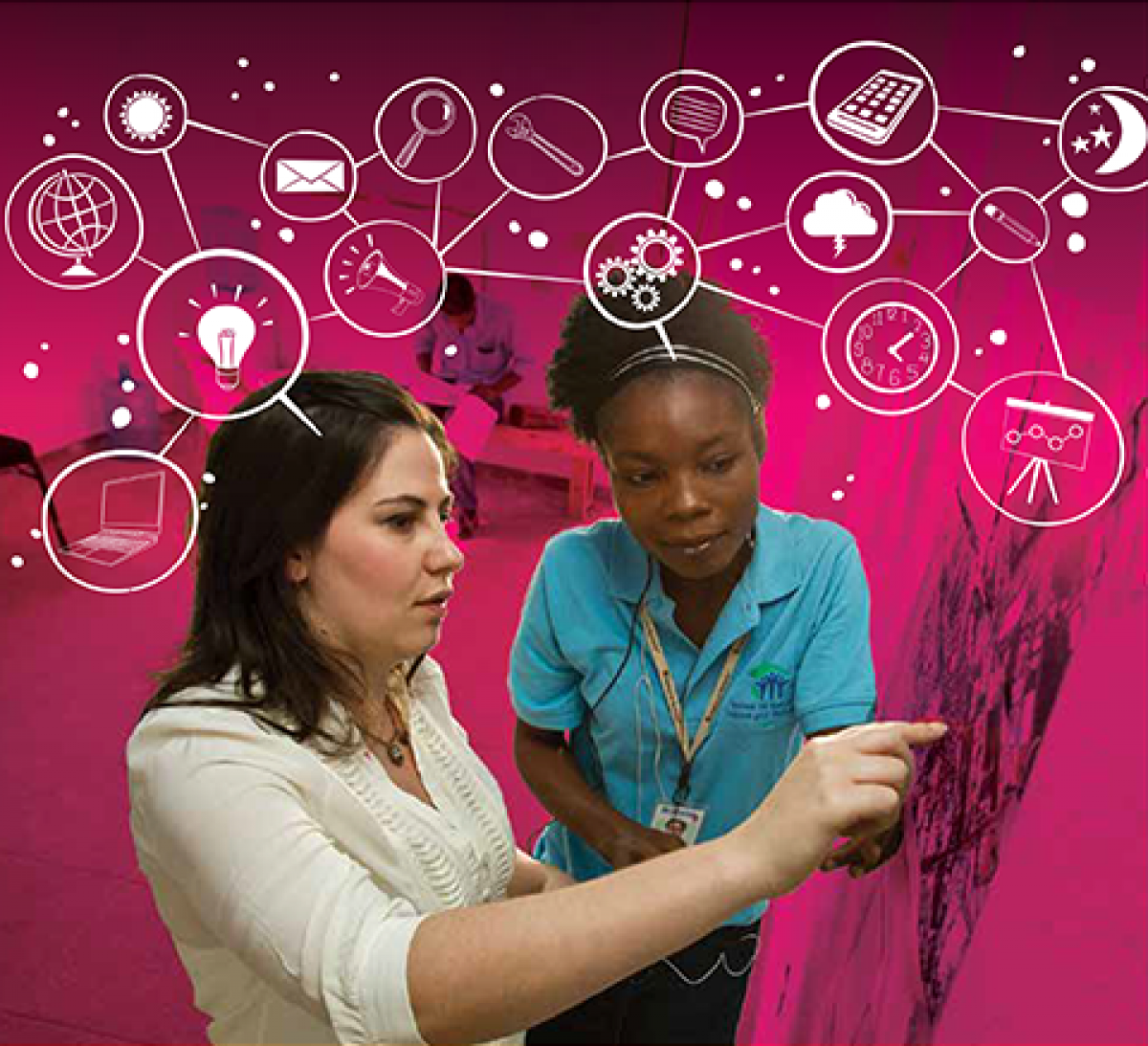



Q: Why does Rotary have a new Action Plan?
A: The world today is not the same as it was when Rotary began in 1905. Demographics have shifted, the pace of change has accelerated, and technology has created new opportunities for connection and service. What hasn’t changed is a need for the values that define Rotary: fellowship, integrity, diversity, service, and leadership. With our new plan, we will honor our past and embrace our future. We can evolve and keep Rotary not only relevant but thriving.
Q: How were the new Rotary vision statement and Action Plan developed?
A: Rotary’s new vision statement: Together, we see a world where people unite and take action to create lasting change – across the globe, in our communities, and in ourselves was created by using the input and feedback from Rotary members, former members, Rotaractors, alumni, Youth Exchange students, Rotary staff, and the general public. In all, over one million people across the world were asked to share their insights with the Strategic Planning Committee through surveys and focus groups. The result is a statement that inspires and engages while setting the pathway for the future of our organization. The vision was approved by the Rotary Board of Directors and Board of Trustees in June 2017.
Shortly after the vision statement was adopted, the Committee began developing Rotary’s new Action Plan. Again, the Committee invited reactions and input from Rotary members; over 582 people from 28 different countries participated in focus groups and interviews to provide feedback. In June 2018, both boards approved the strategic priorities and objectives that make up the new Action Plan.
Q: What is the Action Plan and how does it affect members?
A: The Action Plan is intended to guide activities at the corporate level, but as clubs and districts are the core of Rotary, they are strongly encouraged to develop their own action plans and align them with Rotary’s new plan. The world is changing rapidly and to continue thriving in the years ahead, Rotary must evolve. This plan is intended to help us honor our past and embrace our future by guiding our organization, members, and supporters toward projects, opportunities, and activities that support our vision.
Q: How will the new Action Plan be rolled out?
A: The new plan is being rolled out throughout the 2019–2020 Rotary year. We are committed to full transparency in sharing information about how the new plan’s components may or may not affect clubs and how they will be asked to support the strategic priorities. Take a look at the main page to learn more about the overall Action Plan and how you can help. In the coming months, you will receive information on additional initiatives being undertaken to achieve the objectives in the plan and how clubs and districts can get involved.
Q: What are clubs and districts supposed to do with the new Action Plan?
A: We want to make sure that all clubs and districts know that this new plan was shaped by the input of Rotary members, and that it lays the foundation for new and exciting opportunities for the organization. Read through the Action Plan on the main page, and think about how you can help Rotary achieve its goals. Encourage your clubs and districts to talk about and share the new plan. Help Rotary members begin to see for themselves how they can be a part of this team effort.
Q: What is Rotary doing to address the environment and how is this incorporated into the Action Plan?
A: Our research has shown that Rotarians, Rotaractors, and alumni prioritize the environment as an important cause globally. We recently completed an extensive evaluation of our current areas of focus. The evaluation determined that Rotary already supports a substantial body of environment-related projects through our existing Areas of Focus. In fact, over the past five years, Rotarians have invested $18 million in global grant funding in support of such projects. The most active areas of global grant investment are in the WASH sector and in Community Economic Development. The Board of Trustees chose to add components that relate to the environment to each area of focus and to specify actions that members can take in global grants for environmental protection. The updated Area of Focus policy statements can be found on My Rotary.
We know that there are more opportunities for club members and anyone who interacts with our programs to engage with environmental causes. Recognizing the potential that expanding our work to protect the environment can have to drive our strategic priorities of increasing our impact and expanding our reach, we are currently reviewing ways to give our participants even more ways to engage with environmental causes. In October, the Trustees appointed a task force to discuss possibilities for furthering our work on environmental sustainability in our Area of Focus portfolio.
Q: How are Rotaract clubs affected by the new plan? What is Rotary doing to include and elevate Rotaract in its new strategy?
A: The 2019 Council on Legislation formally recognized Rotaract clubs as a membership type of Rotary International and elevated Rotaract within the organization. An appointed task force is conducting and reviewing research on opportunities to further engage Rotaractors and will make recommendations about the future structure of Rotaract within the organization. A communications plan is being developed to provide more information on decisions related to Rotaract and to update members on progress. In the meantime, we are also working to ensure that the tools and resources available for use by Rotarians are equally available and accessible for Rotaractors.
Q: What is meant by “new channels into Rotary” and “new participant models of engagement”?
A: In order for us to expand our reach and attract additional leaders and people of action into our organization, we know that we need to explore and adopt new, effective models and ways for people to engage with Rotary. These models could take a variety of forms, from events to service opportunities to online engagement with clubs or the overall organization. Whatever forms these new channels and models ultimately take, our strategic focus is on creating and perfecting ways for participants – anyone who interacts with our programs, events, clubs and offerings – to have opportunities to grow personally and professionally, collaborate with diverse people, and participate in volunteering and service experiences, even without necessarily joining a club. These models will be piloted and tested to so that we learn from and make adjustments to ensure challenges are addressed before a full launch.
Q: How can this strategy be successfully implemented with annual turnover for most leadership positions in Rotary?
A: The turnover cycle in leadership positions has long represented a significant challenge for Rotary to implement long-term strategies. However, work at the international level to bring together current and incoming leaders and work at the local level to encourage continuity in planning has shown that collaboration and communication are the keys to maintaining a strategic perspective over time while also allowing new leaders to gain experience and serve. It is also helpful for clubs and districts to align their own strategic plans with the Action Plan so that we can all work together towards the same goals.
Q: What can clubs do to support and advance the Action Plan?
A: One of the most important things clubs can do to support the Action Plan is to develop their own strategic plan that aligns to and reflects the priorities and objectives of the new strategy. Research shows us that clubs with strategic plans are more successful in engaging their members. You can utilize the Strategic Planning Guide, available on My Rotary, to assist you with the process. We will also be providing more information on actions clubs can take to help drive our priorities forward over the coming months.